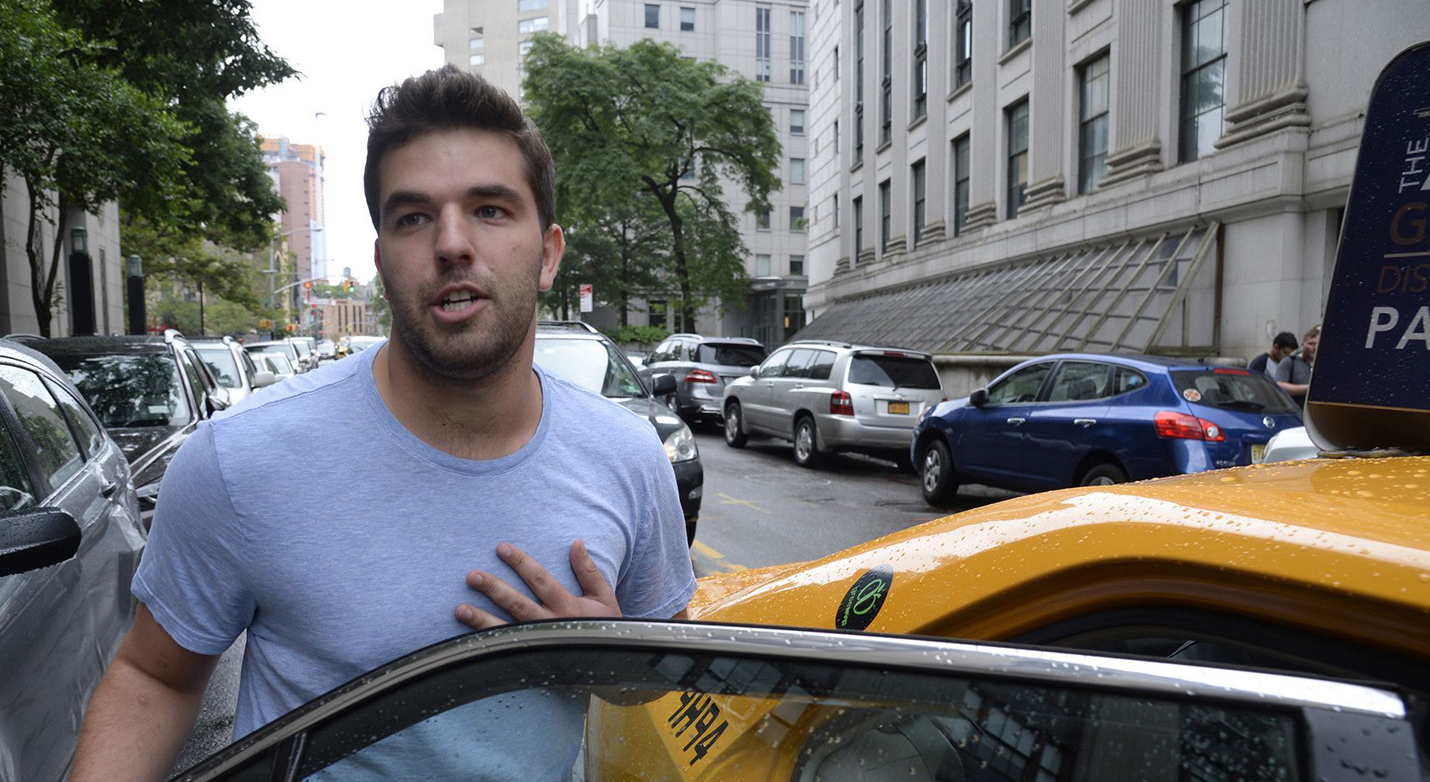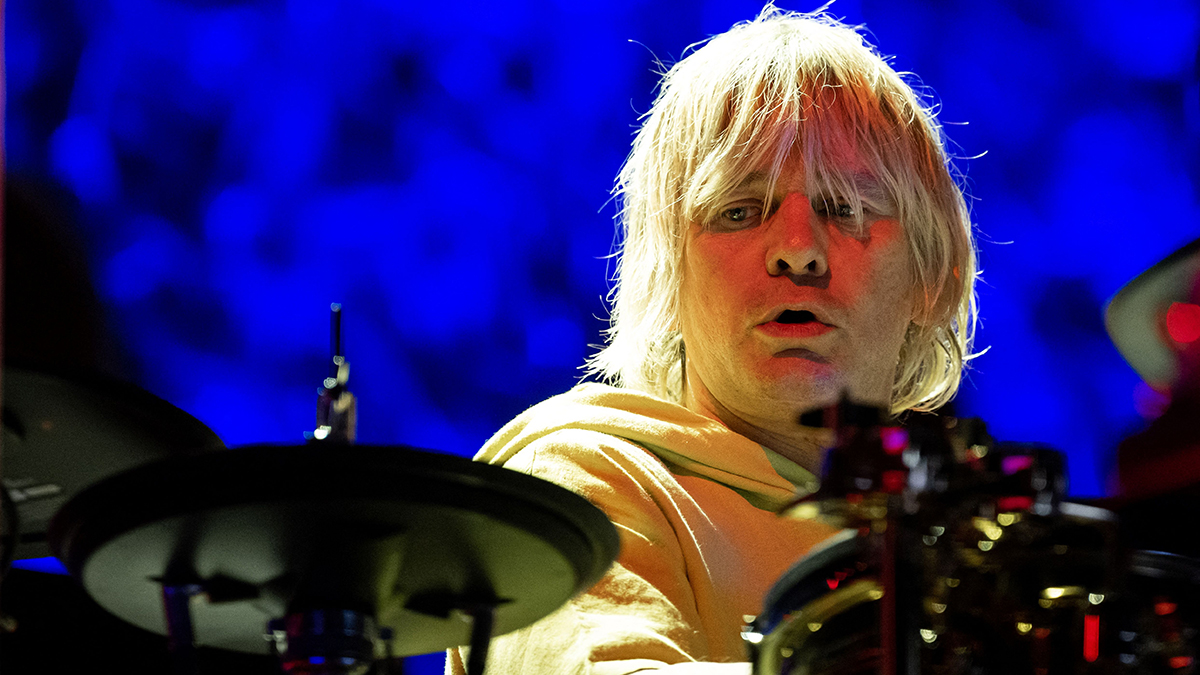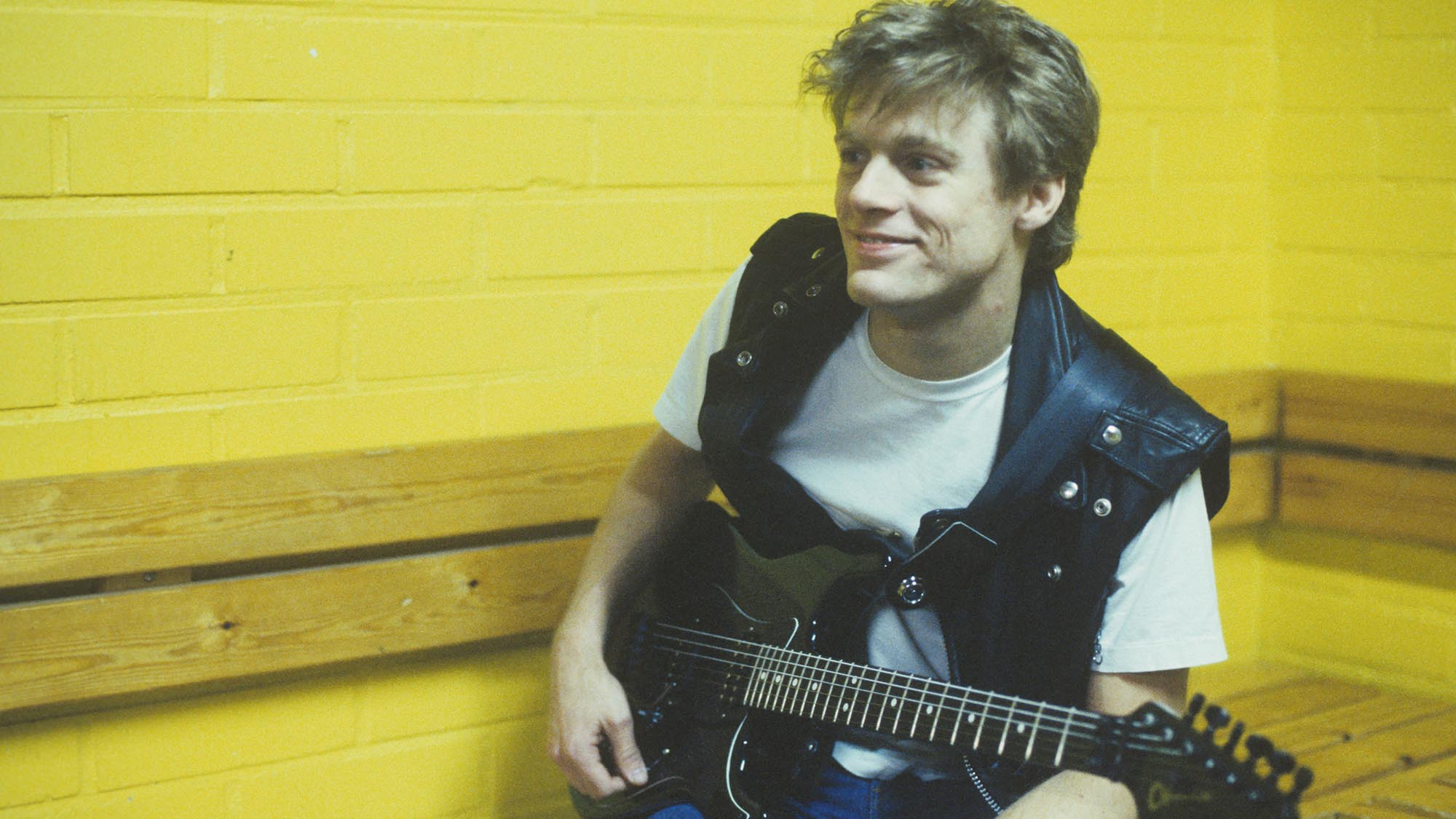"This riff was gonna be really intense, and probably pretty majestic as well, but quite intriguing”: How Jimmy Page created the Led Zeppelin classic Kashmir
"It kicked off with myself and John Bonham," he said
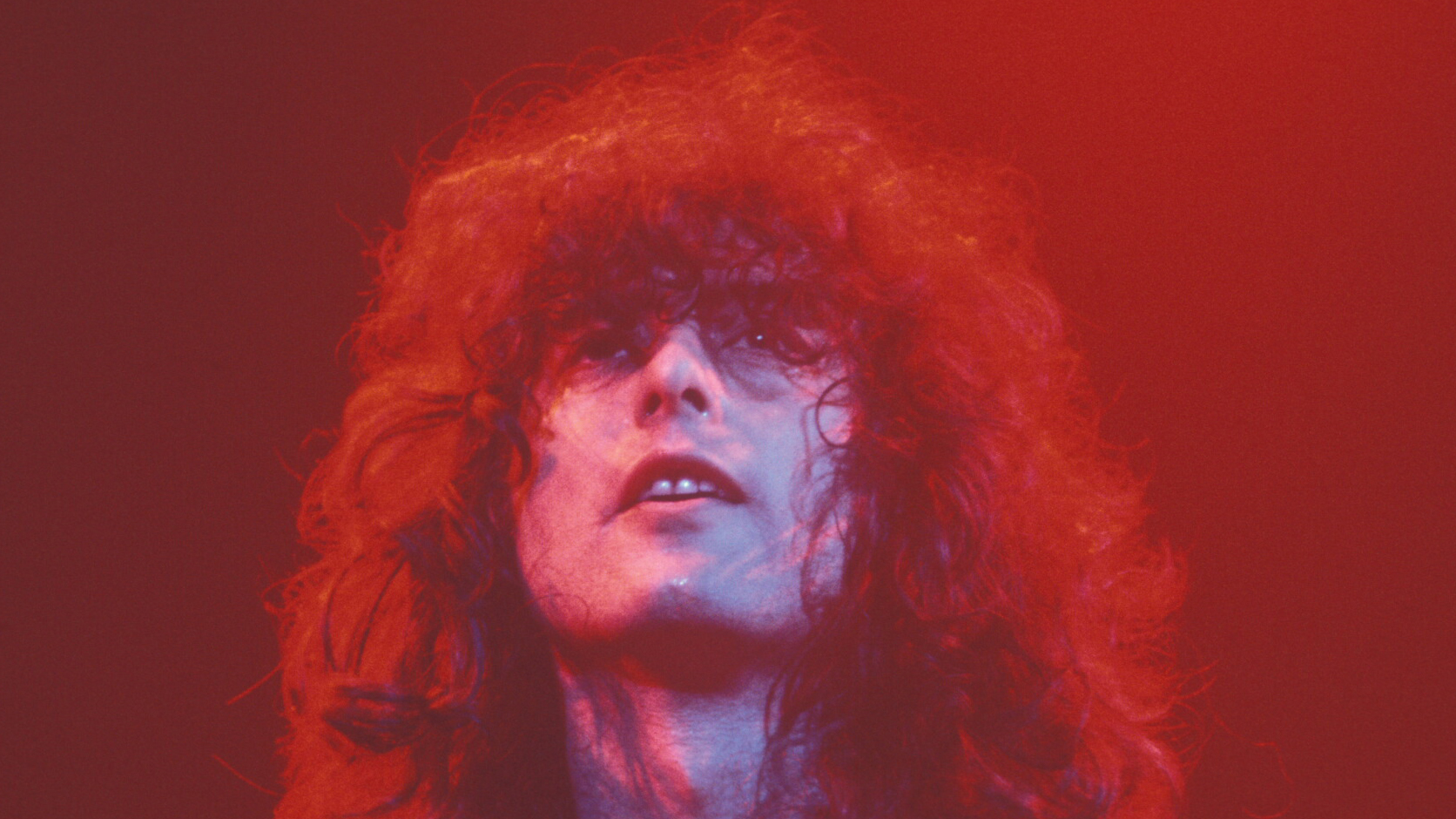
Kashmir is perhaps the most revered Led Zeppelin song after Stairway To Heaven. And in a 2015 interview with Rolling Stone magazine (paywall), guitarist Jimmy Page revealed how he created Kashmir as one of the cornerstones of Zeppelin’s legendary 1975 double album Physical Graffiti.
Recalling the recording sessions at Headley Grange, a mansion in Hampshire, Page described how he and drummer John Bonham worked as a pair on the embryonic Kashmir.
“It sort of kicked off with myself and John Bonham there,” Page said. “I had a good half-dozen things [songs] at least. And one of them — the first one that I couldn’t wait to get the drums in the hall, to get this big drum sound and then play the riff of — was Kashmir.
“I wanted to try out these ideas that I had for the cascading brass part and figure out the guitar’s pace on it. I always thought of that guitar part as being something that was augmented by the orchestra. Basically, it was just really good to start kicking it off with him [Bonham], ’cause he and I worked so well together.”
Page gave a detailed breakdown of the song’s development.
“I had the ideas for the riff and the cascading part, which is actually electric 12-string and it’s brass on the record, from something that I had been working on before we even went to Headley,” he said. “It was another piece of music entirely, and right at the very end of it, while I was playing along, I played the acoustic guitar part in reverse, and there was a sort of fanfare, or the cascades, followed by the riff, and I thought, ‘Whoa.’ It just occurs right at the end.
“I said, ‘Oh, boy, I can visualise this. It’s going to be built around the drum kit, and I’m going to get in there with John Bonham.’ It’s the first thing that I ran through with him, because I just know that he is gonna love it, and he loves it, and we just play the riff over and over and over, because it’s like a child’s riff.
Get the MusicRadar Newsletter
Want all the hottest music and gear news, reviews, deals, features and more, direct to your inbox? Sign up here.
“Musically, it’s a round, like Frère Jacques, where you can lay things on top of it. That was the idea of having this riff that was gonna be really intense, and probably pretty majestic as well, but quite intriguing.
“But the fact was, it was going to be built around the sound of Headley, and the drums in the hall. That’s how I heard it, and that’s how I saw it, but I also heard it with orchestra in mind.
“It was the first track where we actually heard the complement of a full orchestra on top of the brass, and the strings. We’d used strings on Friends, on the third album, just a small string session, but this was really something that was meant to be pretty epic and substantial.”
In the same interview, Page also stated his reasons for making Physical Graffiti a double album.
“It gave us the chance to put in the material that was left over from the first visit to Headley,” he explained. “There were three tracks that were left off of the fourth album, and that was Boogie With Stu, Night Flight and Down By The Seaside. If you think about it, you couldn’t have substituted anything off the fourth album with any of those tracks, quite rightly so. Each of them had their own individual charm and character.
“So with those, plus the fact that Houses Of The Holy was a track that wasn’t included on the album Houses Of The Holy, that was four things [for the album] straight away.
“And, you know, given the chance of having a good run at this writing and recording process, I didn’t want it to be a double album with any padding on it. It would be a double album with all character pieces, the way that Led Zeppelin did their music with the sort of ethos of it, if you like, that everything sounded different to everything else.”
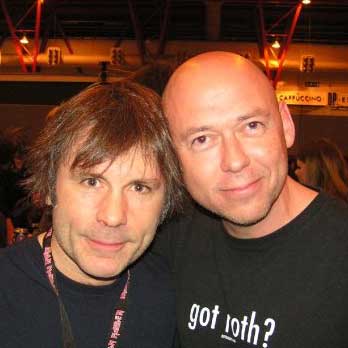
Paul Elliott has worked for leading music titles since 1985, including Sounds, Kerrang!, MOJO and Q. He is the author of several books including the first biography of Guns N’ Roses and the autobiography of bodyguard-to-the-stars Danny Francis. He has written liner notes for classic album reissues by artists such as Def Leppard, Thin Lizzy and Kiss. He lives in Bath - of which David Coverdale recently said: “How very Roman of you!”
You must confirm your public display name before commenting
Please logout and then login again, you will then be prompted to enter your display name.



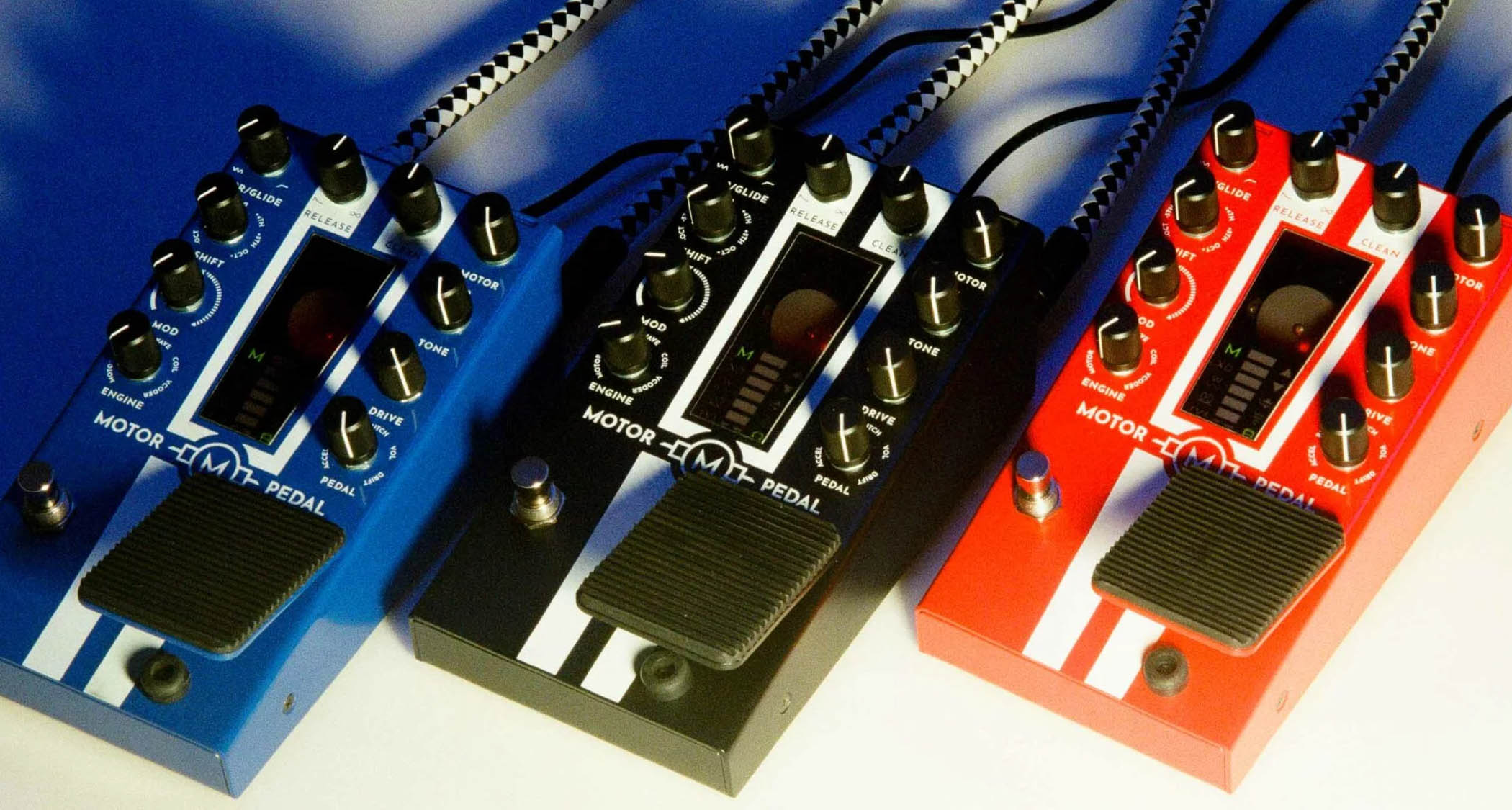

![PRS Archon Classic and Mark Tremonti MT 15 v2: the newly redesigned tube amps offer a host of new features and tones, with the Alter Bridge guitarist's new lunchbox head [right] featuring the Overdrive channel from his MT 100 head, and there's a half-power switch, too.](https://cdn.mos.cms.futurecdn.net/FD37q5pRLCQDhCpT8y94Zi.jpg)
